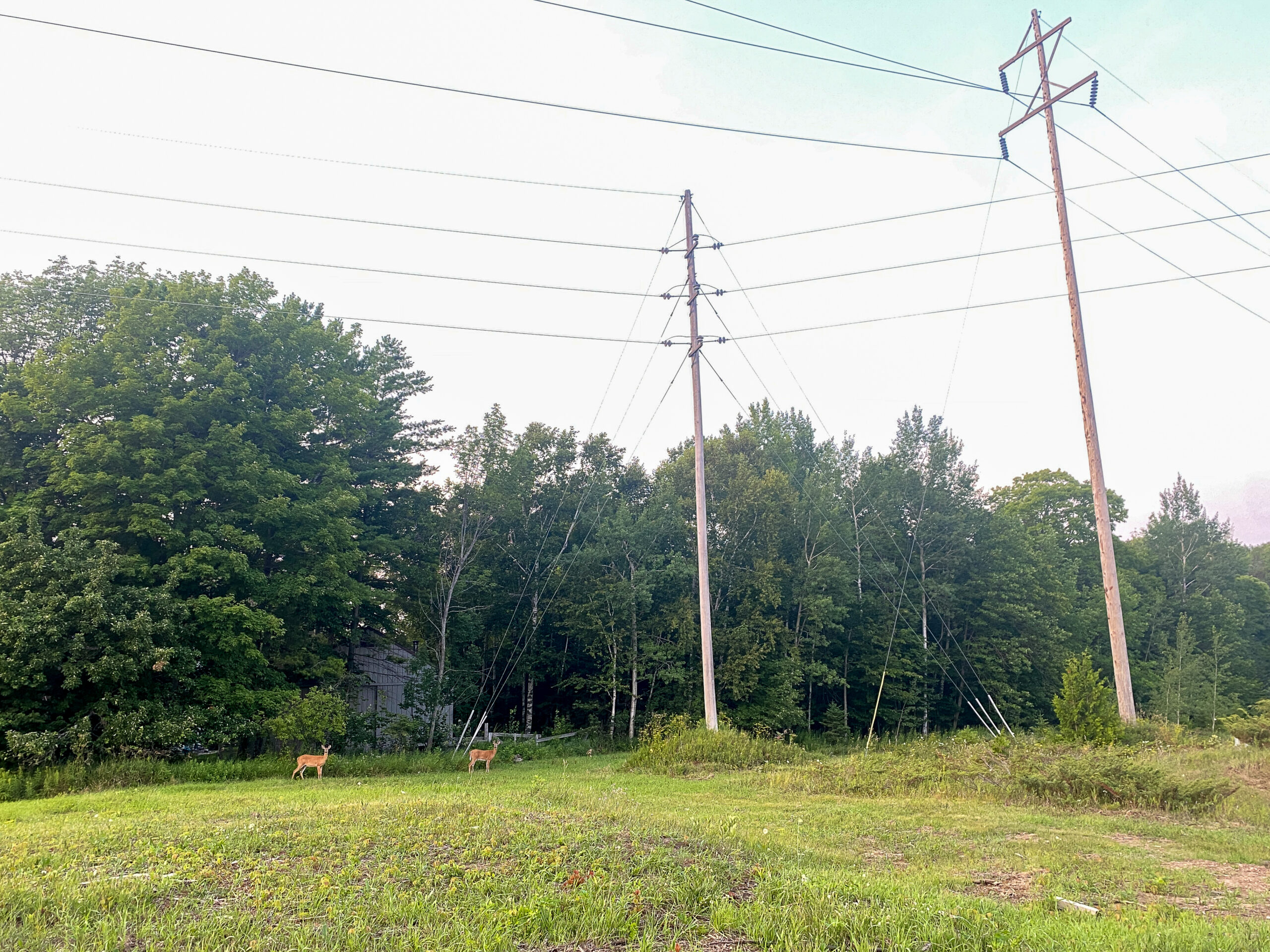Cities around the Unites States began depending on electricity by the 1920’s, but rural farmland still depended on candlelight and kerosene for daily life. By 1935, President Roosevelt signed an executive order which began the Rural Electrification Administration (REA), with the goal to expand electricity into rural America.
Established, investor-owned electric utilities had no interest in using funds from the REA to expand service into rural America. The challenges and infrastructure required to expand electricity to farms, often miles apart, didn’t make financial sense. Farmers knew electricity would change their lives, so they combined to form electric cooperatives. The electric cooperatives applied for REA funding, which funded the expansion of rural electricity in America.
Now, the National Rural Electric Cooperative Association provides resources for over 900 electric cooperatives in America. While electric cooperatives are diverse, they follow the same seven cooperative principles:
- Open and Voluntary Membership
- Democratic Member Control
- Member’s Economic Participation
- Autonomy and Independence
- Education, Training and Information
- Cooperation Among Cooperatives
- Concern for Community
Electric Cooperatives now power over 5.5 million rural energy consumers. While resources for rural energy have expanded, many challenges remain. Rural areas, often in remote locations, must stay prepared for weather situations and outages. While other cooperatives will assist in the event of an extreme outage, they may not be close by. Cloverland Electric Cooperative in Dafter, Michigan has overcome this challenge by working closely with local emergency management and law enforcement to keep members safe in outage situations. Relationships with first responders have benefited all 34,000 cooperative members.
Additional challenges for member-owned cooperatives are the increase in energy demand with the expansion of clean-energy regulations and the rise of electric vehicles. While clean-energy and electric vehicles have great benefits, they also provide great demand on the energy grid. Improving infrastructure to meet new energy demands is a costly challenge for electric cooperatives that may not have access to the same financial backbone as an investor-owned utility.
Rural energy keeps America powered. Facing the demands of energy grid and new technology, electric cooperatives will continue the mission of providing energy to rural Americans, while learning to provide a bright future in clean-energy.

No responses yet